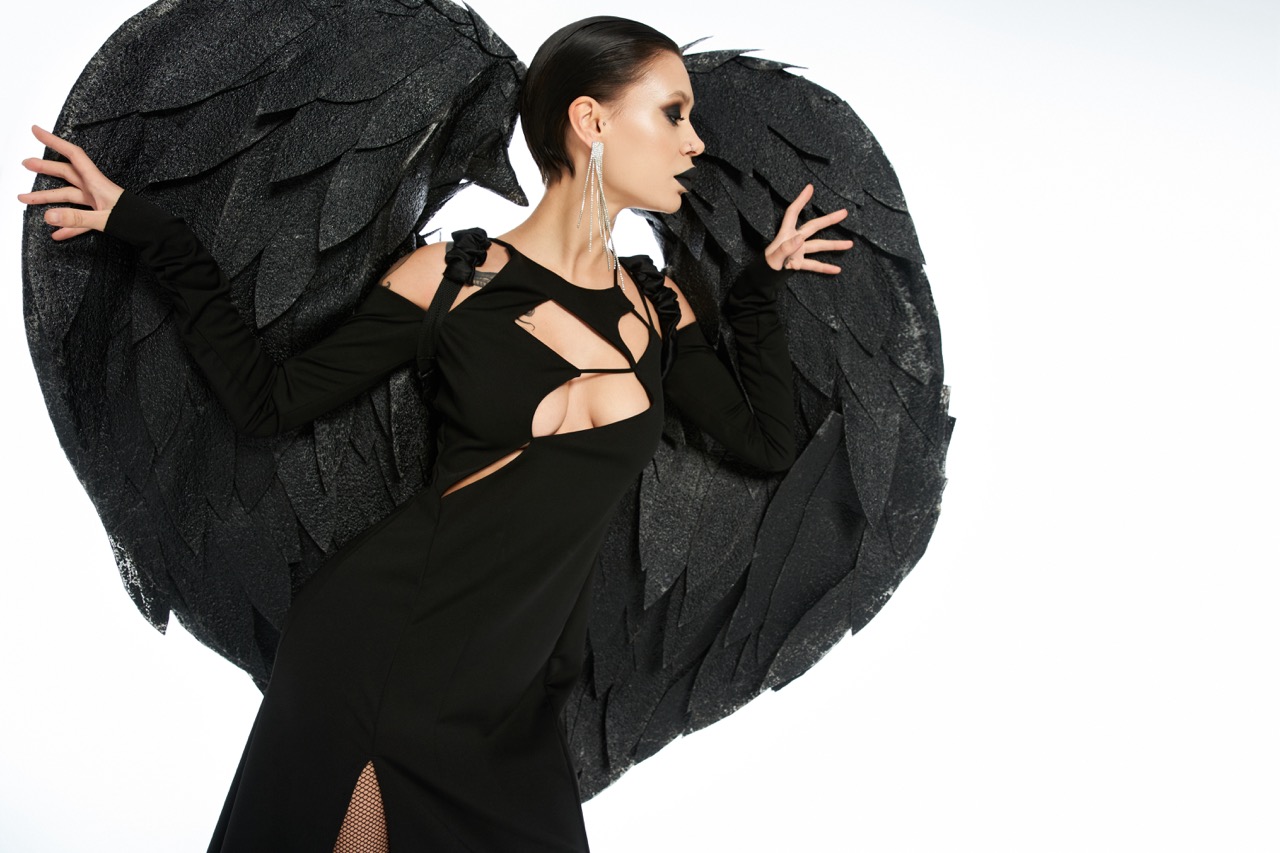Dance performances often aim to captivate and enchant audiences, and one way to elevate your presentation is through the strategic use of wings. These ethereal appendages not only enhance your visual appeal but also serve to accentuate the movement and emotion of your dance. However, before you make a purchase, it’s essential to understand the various types of wings available and how they can impact your overall performance. In this article, we will explore the different types of dance wings, key factors to consider when making a selection, the influence of material and design on performance quality, and maintenance tips to ensure your wings remain in pristine condition.
Understanding the Different Types of Dance Wings Available
When it comes to dance wings, variety abounds. The most common types include feathered wings, fabric wings, and structured wings. Feathered wings, often used in ballet and contemporary dance, provide a soft, flowing effect that mimics the grace of actual birds. These wings can vary in size and color, allowing dancers to choose a look that complements their performance theme. On the other hand, fabric wings—such as those made from silk or chiffon—offer a lightweight and airy feel that can create beautiful visual illusions during movement.
Structured wings take a different approach with their rigid frames, which allow for more dramatic poses and shapes. These wings are often adorned with embellishments like sequins or beads, adding sparkle and flair to the performance. Many dancers prefer structured wings for theatrical performances where visual impact is crucial. Understanding these different types will help you make an informed decision based on the style of your dance and the emotional tone you wish to convey.
Finally, it’s noteworthy to mention hybrid wings, which combine elements of both fabric and structured designs. These wings offer the best of both worlds: the flow and lightness of fabric paired with the dramatic flair of structure. With so many options available, dancers can find wings that not only suit their individual style but also enhance their overall dance narrative.
Key Factors to Consider When Choosing Dance Wings
Choosing the right dance wings involves several critical factors that can significantly affect your performance. First and foremost, consider the weight of the wings. While lightweight materials offer ease of movement, heavier wings can provide a dramatic flair at the cost of comfort. Dancers must find a balance that allows for fluidity in their movement while still achieving the desired visual impact. Testing different wing weights can help you make an informed decision.
Another important factor is size. Wings come in various dimensions, and selecting the right size is crucial to creating the desired visual effect. For instance, larger wings can create an impressive spectacle, perfect for grand performances. However, if you are performing in a more intimate setting, oversized wings might overwhelm your presence and restrict your movement. Therefore, it’s essential to consider the venue and the proximity of your audience when choosing the size of your wings.
Finally, consider the ease of attaching and detaching the wings. Dancers often transition between various segments of a performance, and cumbersome wings can hinder quick changes. Look for wings with easy-to-use attachments, such as harnesses or elastic bands, that can be adjusted for comfort and security. The right wings should enhance your performance, not impede it, so always prioritize functionality alongside aesthetic appeal.
How Material and Design Influence Performance Quality
The choice of material for your dance wings can greatly influence your performance quality. For instance, wings made from synthetic fabrics can provide a unique sheen and durability that withstands wear and tear during rigorous performances. However, these materials might lack the breathability essential for dancers performing under hot stage lights. Natural fabrics such as silk or cotton, while more breathable, may not hold their shape as well and could require more care during handling.
Design also plays a critical role in performance quality. Wings featuring intricate designs can create stunning visual effects as they move, drawing the audience’s eye and enhancing the storytelling aspect of the dance. Conversely, overly complex designs may weigh the wings down or limit mobility, so it’s essential to strike a balance between aesthetics and functionality. Consider how the design of the wings will interact with your choreography to ensure that they enhance rather than detract from your movements.
Finally, the integration of colors and patterns can also affect the audience’s perception. Bold, vibrant colors often create a sense of energy, while softer hues may evoke a delicate or serene atmosphere. The right design will not only complement your costume but also align with the emotions you wish to convey through your performance. By carefully evaluating the materials and designs of your wings, you can significantly enhance the quality of your dance.
Maintenance Tips to Keep Your Dance Wings in Top Shape
To ensure your dance wings remain in optimal condition, proper maintenance is essential. First, always store your wings in a protective case or garment bag to prevent dust accumulation and damage from external elements. When not in use, keep them in a cool, dry place away from direct sunlight, as prolonged exposure can fade colors and weaken fabrics. For feathered wings, gently fluff them to maintain their shape and prevent any matting.
Cleaning your wings is another crucial aspect of their upkeep. Depending on the material, some wings can be hand-washed or spot-cleaned using mild detergent. Always refer to the manufacturer’s care instructions to avoid damaging the fabric or embellishments. For structured wings, check the frames for any loose parts or wear, and make necessary repairs to ensure they remain stable and secure during performances.
Lastly, it’s wise to regularly assess your wings for any signs of wear and tear. Small tears, loose feathers, or missing embellishments can detract from the overall effect of your performance. Repair these issues promptly to avoid last-minute surprises before a show. By incorporating these maintenance tips into your routine, you can keep your dance wings looking stunning and performing at their best.
Choosing the right wings for your dance performance is an art in itself, blending creativity with practicality. By understanding the different types of wings available, considering key factors in your selection process, recognizing the influence of material and design on performance quality, and implementing proper maintenance techniques, you can ensure that your wings will not only enhance your performance but also withstand the rigors of regular use. With the right preparation, your dance can take flight, captivating audiences and leaving a lasting impression.










